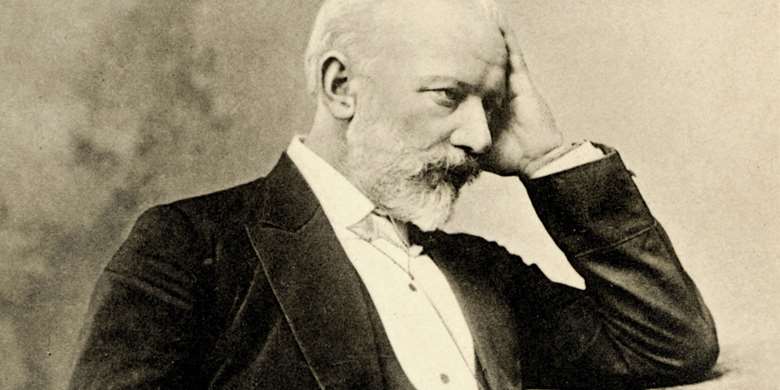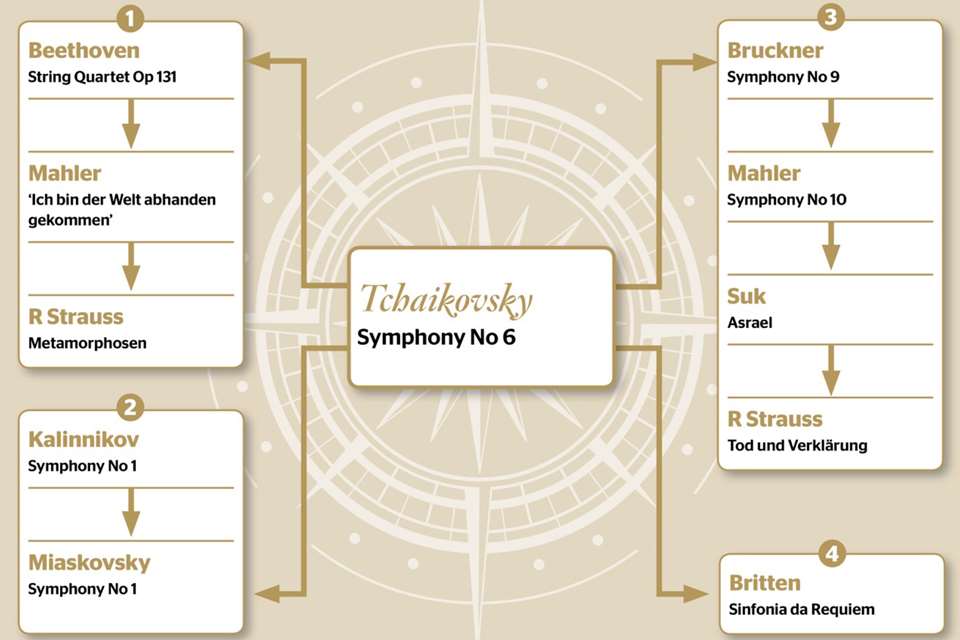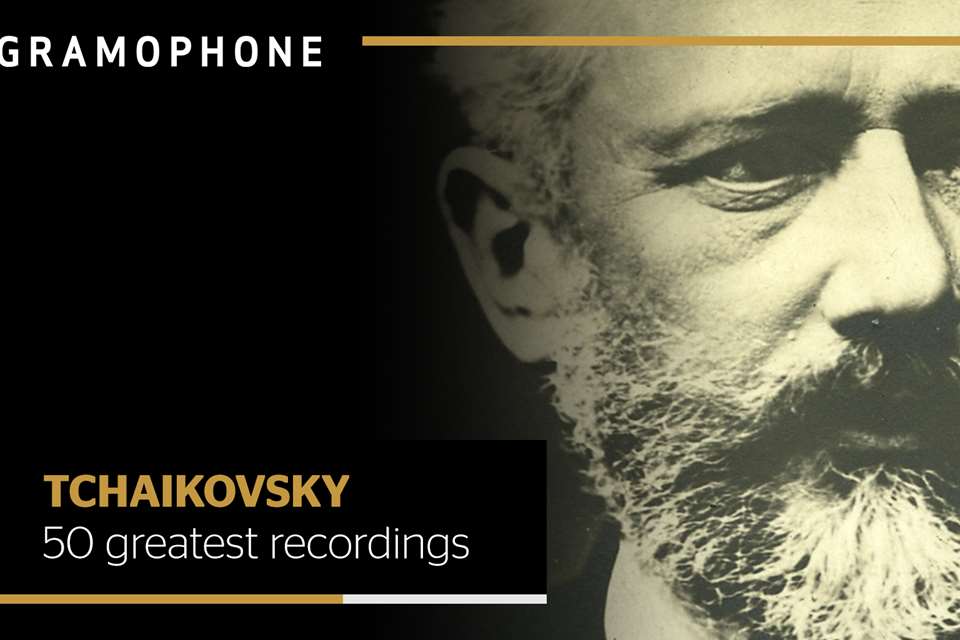Tchaikovsky’s Symphony No 6, ‘Pathétique’: the finest recordings
Andrew Farach‑Colton
Tuesday, August 16, 2022
The enigmatic masterwork of Tchaikovsky’s final days remains open to a wide range of interpretations. Andrew Farach‑Colton hears how it has been approached on recordings dating back almost a century

Register now to continue reading
Thanks for exploring the Gramophone website. Sign up for a free account today to enjoy the following benefits:
- Free access to 3 subscriber-only articles per month
- Unlimited access to our news, podcasts and awards pages
- Free weekly email newsletter











